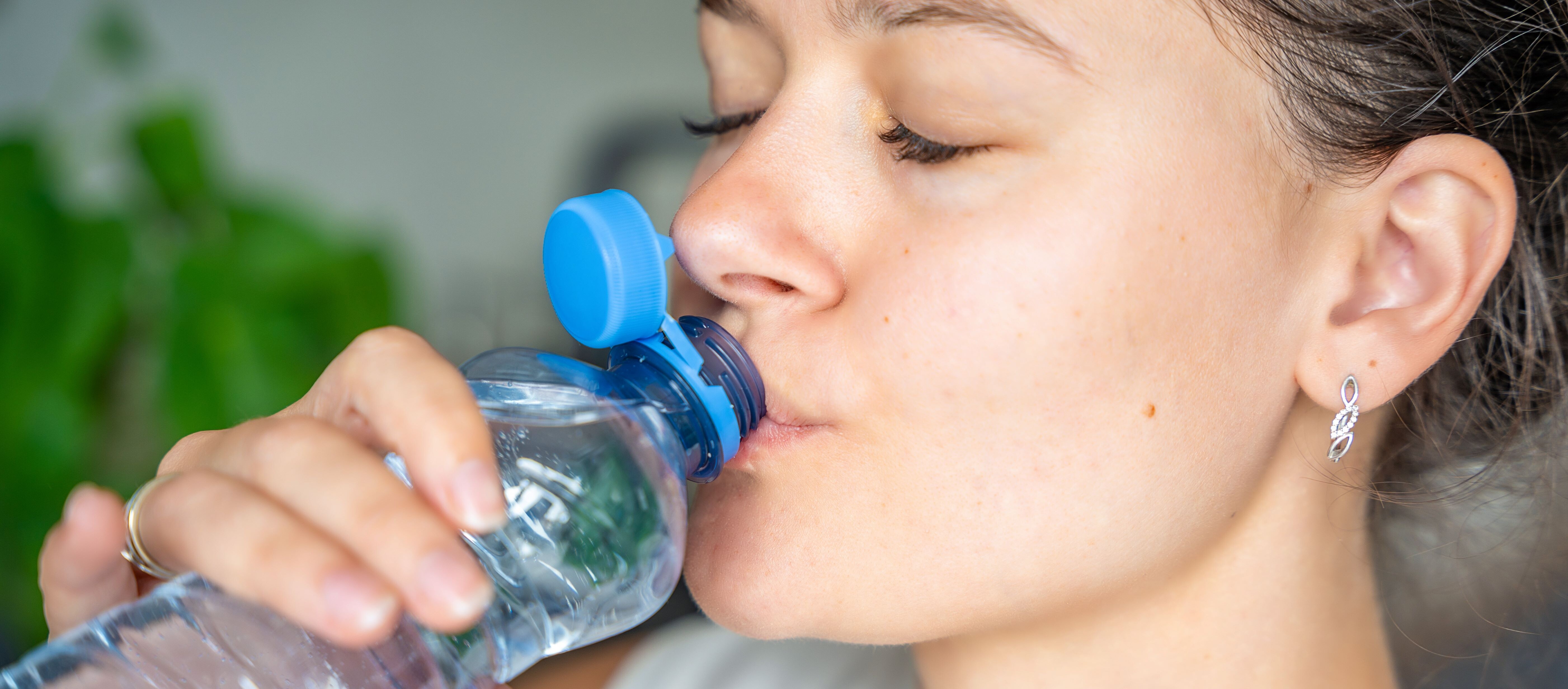The Reason Behind the Move to Tethered Caps
Bottle caps have been a major plastic pollution problem for years and are consistently in the top 10 items found in rivers and oceans. They’re small and light so they get dispersed easily and often end up being ingested by marine life with serious consequences for ecosystems.
The EU’s Single Use Plastics Directive introduced tethered caps as part of the overall plan to reduce single use plastic. By keeping the cap attached to the bottle during use and disposal the directive aims to reduce waste and make recycling easier as both the bottle and cap are processed together.
Since the phase in started in 2018 the directive has changed packaging across Europe. By July 3rd 2024 it became mandatory across all EU countries – a big step towards a circular economy and less plastic waste.
Concerns Surrounding Tethered Caps
The introduction of tethered caps has raised many questions for businesses, especially around cost and material.
Initial estimates suggested a 2-3% increase in cost for high volume producers due to new machinery, tooling and reconfigured production lines.
Another concern was the extra plastic material. Stronger, more durable components are needed to secure caps to bottles, so the extra plastic could undo the environmental benefits.
This has forced companies to re-think their packaging strategies, balancing compliance with sustainable packaging solutions and cost. Despite the concerns, innovations to meet the directive have delivered innovations across the industry.
Innovations Driving Sustainable Packaging Solutions
Building on the challenges, the packaging industry has come up with innovative solutions that meet the single use plastic regulations and go beyond. Here are some key innovations driving the future of sustainable packaging around bottle caps:
1. Coca-Cola and PepsiCo have designed caps that use less plastic and are durable and practical.
- They reduce material costs.
- They reduce carbon footprint during transportation as they are lighter.
2. Recycled Materials: Evian has pioneered 100% rPET (recycled polyethylene terephthalate) in their tethered caps.
- This reduces virgin plastic usage.
- It makes recycling easier as caps and bottles can be processed together.
3. Bio-Based Plastics: Carlsberg has launched caps made from renewable sources like sugarcane.
- These are an eco-friendly alternative to fossil-based plastics.
- This supports a whole approach to packaging.
Tethered Caps and Scalable Solutions for SMEs
Global brands are leading the way on sustainable packaging solutions, but tethered caps are also becoming more accessible to small and medium-sized enterprises (SMEs).
Scalable solutions like pre-designed closures with integrated hinges simplify compliance without requiring substantial investments. By not having to invest in custom tooling SMEs can adopt these designs seamlessly within tight budgets.
In addition, suppliers are now offering lightweight and recycled materials like rPET in smaller runs.
This flexibility means SMEs can comply with the EU directive while keeping costs under control. Some businesses are also finding value in using standardized tethered cap designs that fit with their existing bottle threads, so they don’t have to redesign their current packaging.
Redefining Brand Perception through attached bottle caps
With all companies required to comply, the focus is now on how well businesses manage this and use it to their advantage.
Tethered caps give businesses a physical way to show their commitment to sustainability, a value that’s increasingly important to consumers, partners and investors.
Businesses that communicate the environmental benefits of tethered caps (reducing waste and increasing recyclability), are better positioned to improve their brand image.
Showcasing innovative designs that balance usability and eco-friendliness will help these brands stand out. But poor execution of these changes can break trust. Eco-friendly market consumers expect functionality as well as sustainability. Many have already expressed their frustration on social media like Tiktok and Instagram.
Addressing these expectations is no longer optional, it’s a necessity for maintaining relevance and loyalty.
Supply Chain Adjustments and Recycling Challenges in Sustainable Packaging Solutions
The implementation of tethered caps has highlighted the importance of refining supply chain operations to align with sustainability goals.
New logistics have emerged, like ensuring a steady supply of alternative materials like bioplastics and rPET. These materials need special storage and handling to keep them in top condition, which adds complexity to procurement and distribution.
Recycling facilities are also adapting to tethered caps. New sorting technologies are being developed to handle caps that are still attached to the bottle. But those are expensive so there is a big gap between well-funded facilities and those with limited resources. The gap shows the need to work together to standardize recycling across regions.
Another key factor is data and analytics to optimize supply chain efficiency. Predictive tools are being used to forecast demand for compliant materials so manufacturers and suppliers don’t run out or overstock. By using these insights businesses can simplify and reduce waste throughout the supply chain.
Working with recyclers and packaging engineers is proving critical to develop caps that balance recyclability with usability. Testing protocols that simulate real world recycling scenarios are now the norm, so designs perform well in all conditions. These measures meet today’s regulations but future proof packaging.
Competing Beyond Compliance with Tethered Caps
Now that compliance is enforced across the EU, the real competition lies in how businesses go beyond regulatory requirements.
Companies that align their operations with circular economy principles, actively invest in innovation, and transparently communicate their efforts are positioning themselves as industry leaders. This mandatory shift is not just about meeting obligations but about reshaping the industry through innovation and environmental stewardship.
Find Your Bottle Cap Supplier for Your Project
Finn-Korkki Oy: This innovative Finnish company with over 40 years of experience in designing and manufacturing various metal bottle caps and closures for the beverage industry, while also offering aluminum cups and lids for the candle industry. 1
Zaklad Wyrobow Z Drewna: manufactures high-quality, bespoke wooden accessories like bottle caps, lids, and perfume components, primarily for the B2B sector.
Pi.Qu.: Supplies a wide variety of high-quality plastic and cardboard containers for food, industrial, and cosmetic use at competitive prices with fast delivery throughout Italy and beyond.
Faca Packaging: Designs and manufactures sustainable, high-end packaging for cosmetic and pharmaceutical brands, combining luxury with eco-friendly materials.
MATRICERÍA Y PLÁSTICOS BALLESTER: Is a family-owned Spanish company specializing in the design and manufacture of high-quality plastic caps and custom plastic parts, serving diverse industries with a focus on quality, service, and competitive pricing.
TSOLEBOURG: Supplier of unique, easy-open ring pull crown caps for glass bottles, requiring no special equipment for capping and offering a convenient, tool-free opening experience for various beverages.
Lindner Sprühsysteme: Lindner is a German company specializing in innovative plastic packaging solutions, including bottles, closures, and dispensing systems, with in-house printing capabilities and a focus on customer satisfaction and high quality.

